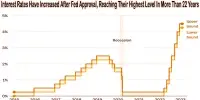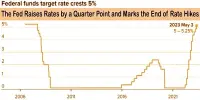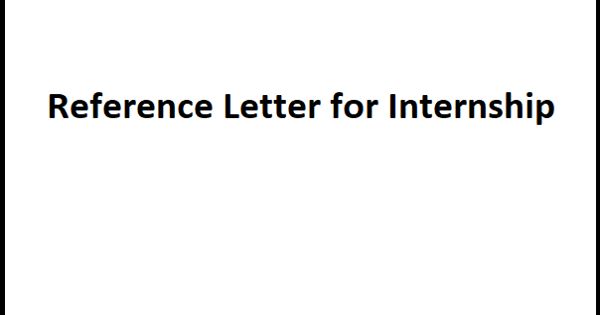The chief financial enforcer for the Federal Reserve stated on Monday (March 27, 2023) that mismanagement was a major factor in Silicon Valley Bank’s demise, but added that regulation and control also needed to be strengthened.
Fed Governor Michael Barr, the vice chair for supervision at the central bank, argued in prepared statements before two congressional panels that although regulators had identified problems with SVB’s risk management, the bank had been tardy in taking corrective action.
“To begin, SVB’s failure is a textbook case of mismanagement,” he said. “The bank waited too long to address its problems, and ironically, the overdue actions it finally took to strengthen its balance sheet sparked the uninsured depositor run that led to the bank’s failure.”
Barr is to address the Senate Banking Committee on Tuesday, followed by an appearance before the House Financial Services Committee on Wednesday.
The Fed is conducting a review of the SVB collapse with findings set to be released May 1.
“I am committed to ensuring that the Federal Reserve fully accounts for any supervisory or regulatory failings, and that we fully address what went wrong,” Barr said.
FDIC Chair Martin Gruenberg also released his remarks Monday. He, too, noted the importance of a close look at how both SVB and Signature Bank failed and the implications for regulations and oversight.
“The two bank failures also demonstrate the implications that banks with assets over $100 billion can have for financial stability,” Gruenberg said. “The prudential regulation of these institutions merits serious attention, particularly for capital, liquidity, and interest rate risk.”
Specifically, we are evaluating whether application of more stringent standards would have prompted the bank to better manage the risks that led to its failure. We are also assessing whether SVB would have had higher levels of capital and liquidity under those standards, and whether such higher levels of capital and liquidity would have forestalled the bank’s failure or provided further resilience to the bank.
Fed Governor Michael Barr
He further noted that the financial system faces “significant downside risks from the effects of inflation, rising market interest rates, and continuing geopolitical uncertainties.” He cautioned that more Fed rate hikes could increase the kinds of unrealized losses that catalyzed the recent banking stress.
A look at regulatory standards
Along with the examination into what happened specifically with SVB, Barr also noted that the probe will examine whether the Fed’s testing of risk was adequate.
He pointed out that the supervisors identified problems with SVB’s liquidity risk management as far back as late-2021. The following year, regulators continued to point out issues and lowered the bank’s management rating to “fair.”
Also, Fed officials were given a presentation on the impact of raising interest rates on bank operations in the middle of February. This was done by the central banks. Barr nonetheless stated that the inquiry will look into whether standards needed to be tightened.
“Specifically, we are evaluating whether application of more stringent standards would have prompted the bank to better manage the risks that led to its failure,” he said. “We are also assessing whether SVB would have had higher levels of capital and liquidity under those standards, and whether such higher levels of capital and liquidity would have forestalled the bank’s failure or provided further resilience to the bank.”
SVB failed after a run on deposits revealed a duration mismatch in the bank’s bond portfolio. Specifically, the bank was holding long-dated securities that fell in value as yields increased. It started another run when it had to sell some of those assets at a loss to pay deposit withdrawal requests, which ultimately led to failure.
Barr said the Fed will be looking into changing rules for long-term debt at institutions that aren’t deemed systemically dangerous. Part of the review also will look at whether more stringent standards would have pushed SVB to have a better handle on its liquidity risk.
Beyond that, Barr said he views the health of the banking system in general as “sound and resilient, with strong capital and liquidity.”















